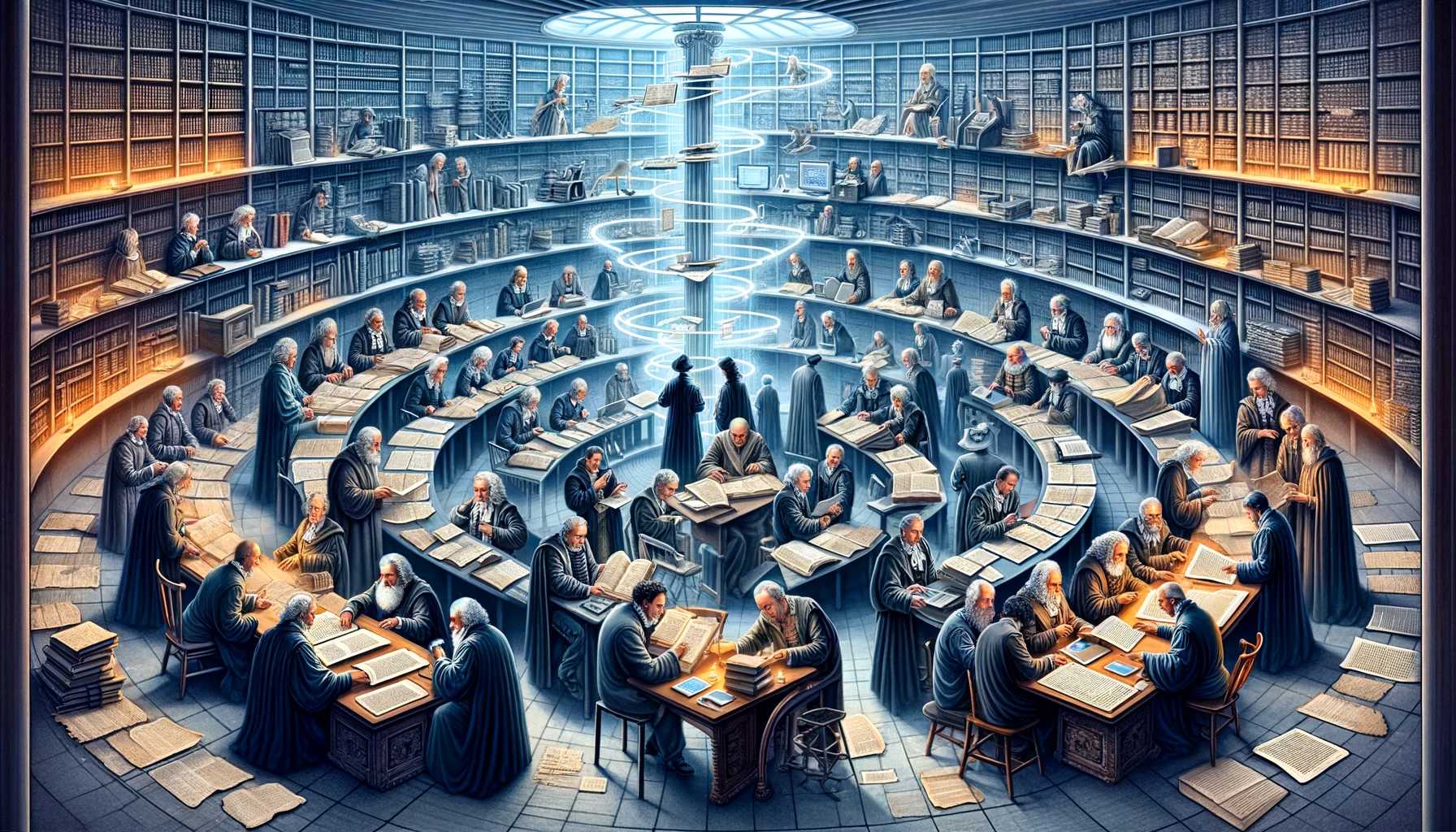THE HISTORY OF PEER REVIEW AND HOW IT HAS SHAPED ACADEMIC SCHOLARSHIP
Origin of Peer Review
Peer review was first developed in the 17th century, when the Royal Society of London request that it members submit their research for review by other field experts before publication. This process which articles and applications are vetted by experts in researcher’s field. Peer review was designed to assist editors to select manuscripts, rather than authenticate findings, relying the integrity and responsibility on the author. The origin of this process went as far as state censorship developed through practices of state supported academies, with an attempt to argue the authority of a journal’s editor. The peer review process is a turf battle aimed towards knowledge, science and doctrine being published.
Impact of Peer Review
Peer review has impacted the scientific community and academic scholarship. Firstly, ensuring the quality of published research, been rigorously vetted by experts, this process has helped to prevent the publication of inaccurate research, helping the quality of scientific research reach a higher standard. Secondly, it has help to encourage the critics and discuss each other’s work where by giving positive reviews that can increase recognitions and funding for the research, while negative reviews lead to difficult publishing and hinders future effort. Peer review has helped in shaping the careers of scientist and academics structure in discipline, by promoting unison on what is considered relevant in research.
Ways Peer Review Has Shaped Scholarship
One of the major way peer review shaped scholarship is by influencing the way research is designed and carried out. For instant, to ensure their research receives the recognition it deserve by their peers, scientists often design studies that are rigid, this studies often use methods that are broadly acceptable in the field. Anything that is not proven scientifically is not believed to be true, peer review encourages transparence on method of data, so that others can replicate their result. One example is the case of the “cold fusion” controversy in late 1989, two scientists claimed to have discovered a way to produce energy through nuclear fusion at room temperature, this findings could have been a revolutionary discovery. Though, when other scientists tried to replicate their results, they were not able to. The inability of other scientist to replicate the result lead to deep disagreement in the scientific community, and eventually the original study was nullified or discredited. Peer review has shaped scholarship by positively influencing ways knowledge is disseminated.
An example: academic journals require authors to make their data, thesis, and method publicly available, so other can replicate their results. This transparency has helped to increase trust in the scientific procedures, making it easy for new discoveries, and inventions to be built by other researchers.
How Peer Review Spread to Other Academic Discipline
This principle was adopted by different academic disciplines, including, humanities, natural science and social sciences. In the humanities, it has played a role of shaping and giving way to new methods of interpreting texts and historical events are evaluated. In social sciences let use the case of “Freakonomics”, a popular book by the economists Steven Levitt and Stephen Dubner. In the book Levitt and Dubner, used data analysis to draw surprising conclusions about topics like, education, crime, and parenting. Their findings were earliest met with reservation from other economists, who subjected their data and methods to rigid peer review. Eventually, some of their finding were approved, while others were faulted. It helped to shape the way new theories and hypotheses are evaluated and conducted in the social sciences.
In natural sciences, peer review played a critical role in forming ways new scientific discoveries are evaluated. One example is the case of gravitational waves, first theorized by Albert Einstein, in 1916. For decades, scientists source for evident of gravitational waves, not until 2016 that the discovery of gravitational waves was finally confirmed. The LIGO experiments made this finding possible, which was subjected to deep peer review before it was accepted by the scientist community.
Challenges of Peer Review
The challenges of peer review is the potential for bias and subjectivity. This is because the review process is conducted by other scientists, so there is possibility that the reviewers will be influenced by their personal biases. Leading to unfair and inaccurate evaluations of research, making it difficult for new ideas to be heard and given due acceptance.
“Publish to perish”, culture is another potential challenges of peer review, this process scientist are pressured to publish their findings as quickly as possible, ignoring the authenticity of the research. This rushed research can lead to lack of rigor in the scientific process.
Benefits of Peer Review
Peer review helps to ensure accuracy and credibility of scientific research. Where by experts scrutinize a research paper from errors and inaccuracy before publishing. This process helps to maintain the integrity of the scientific records, giving solid foundations to new records and discoveries. Secondly, it encourages collaboration and cross-pollination of ideas among researchers and foster knowledge sharing within scientific community. There by defending detailed findings, and forcing critical thinking about every research work leading to new perspectives.









